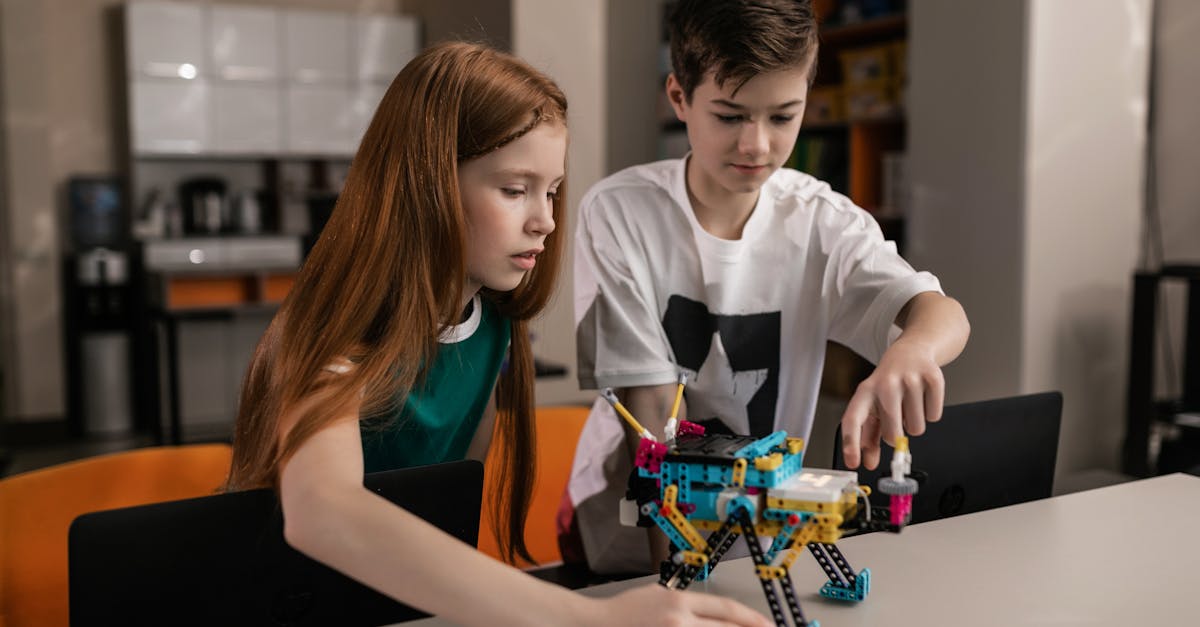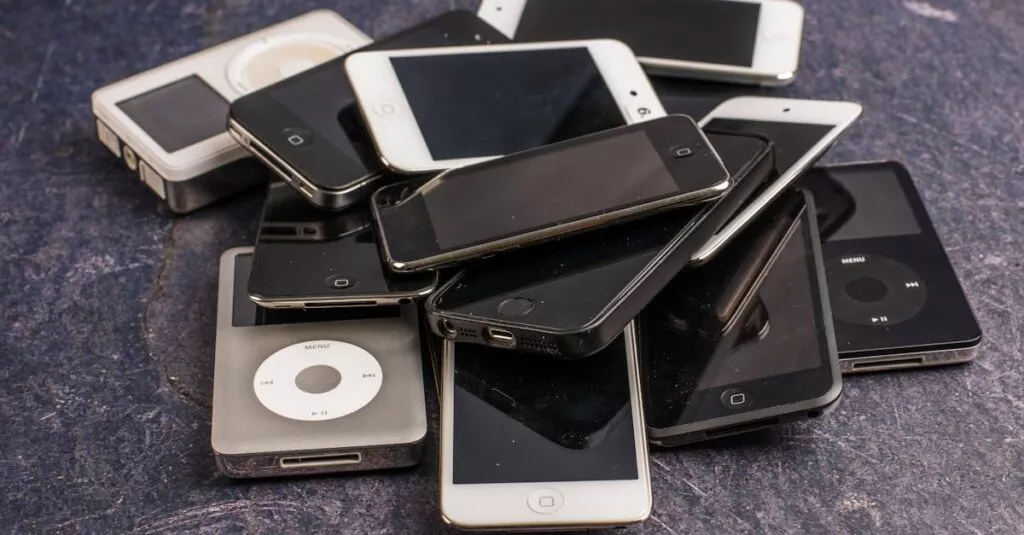0-3 Months: Sensory Exploration
The first three months are all about sensory exploration. Your newborn’s vision is blurry, but they can see contrasting colors well. Black and white toys or those in bright colors are perfect. Toys that make gentle sounds or play music can help soothe and stimulate your baby’s developing ears. Soft rattles and textured toys offer tactile experiences that are crucial at this stage. On a personal note, my little one loved a simple black and white plush toy—it kept them mesmerized for hours!

Key Points:
- Contrasting colors are ideal for newborns
- Toys that make gentle sounds can soothe and stimulate
- Textures play a vital role in sensory development
4-6 Months: Grasp and Smile
Between four to six months, your baby begins to grasp and smile. They love toys that they can hold onto and bring to their mouth. Soft teething toys, colorful rings, and small toys that make noise when shaken are favorites. At this stage, every smile your baby flashes is a precious gem. Keep a camera handy to capture those blissful moments! Transitioning to these toys can also help ease some of the baby’s teething discomforts.

7-9 Months: Crawling Fun
By seven to nine months, your baby might start crawling. Toys that encourage movement, like rolling balls or push-and-pull toys, become exciting. Stacking cups and blocks are fantastic for developing hand-eye coordination. My child used to laugh hysterically chasing after a colorful ball around the living room—those moments are priceless! Introduce toys that foster curiosity and exploration to keep their little minds engaged.

Remember: Encouraging your baby’s physical and cognitive development through play is an enriching experience for both of you!
10-12 Months: Standing Tall
When your baby reaches ten to twelve months, they might try to stand up. Activity tables and walking toys provide support. Toys that encourage problem-solving, like simple puzzles, also become appealing. I remember the delight on my baby’s face when they managed to fit the right shape into the sorter for the first time. Standing toys also boost confidence as they provide a sense of accomplishment.

Beyond One Year: Walking Wonders
Once your baby starts walking, which is typically around the one-year mark, they are eager to explore everything. Walking toys and ride-ons are fantastic for this age. Interactive toys that teach letters, numbers, and basic vocabulary can also be introduced. Post-walk, it’s probably a good idea to have a story session—our favorite was a talking teddy that told stories and sang songs. This phase is about balancing active play with educational toys to foster all-around growth.

Key Points:
- Introduction of walking toys and ride-ons.
- Interactive toys teaching letters, numbers, and vocabulary.
- Engage in story sessions with talking toys.
- Balance between active play and educational toys.
